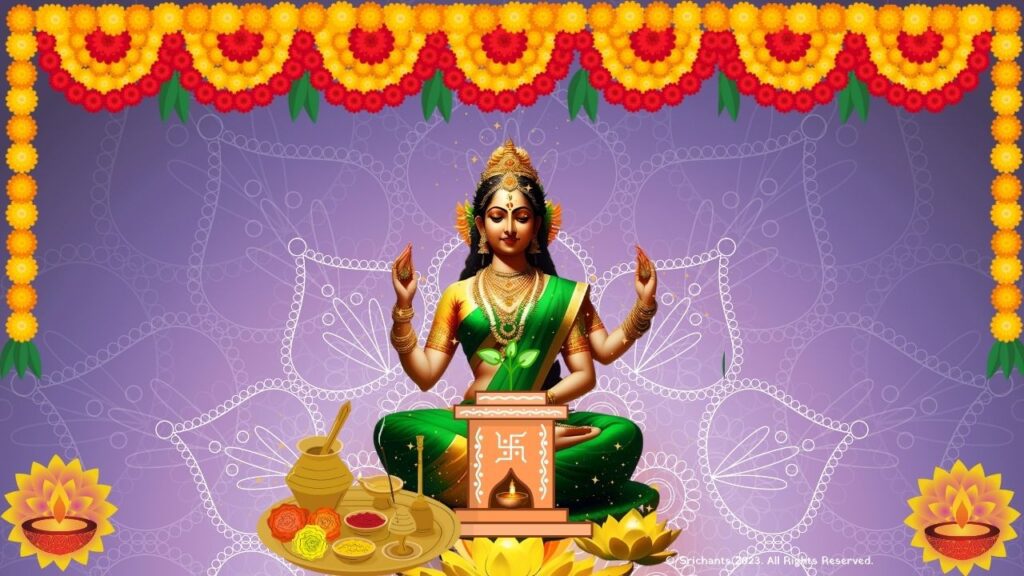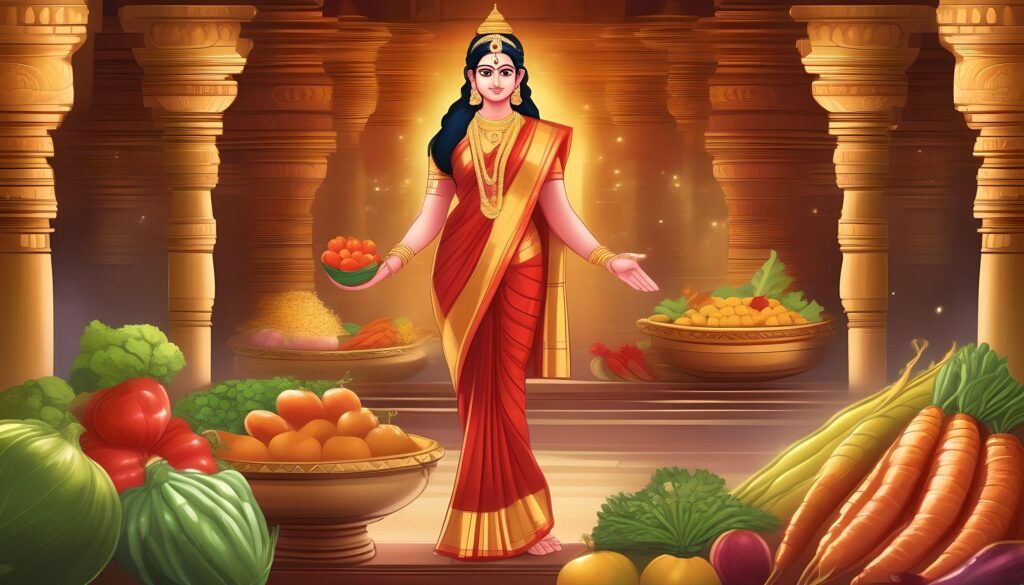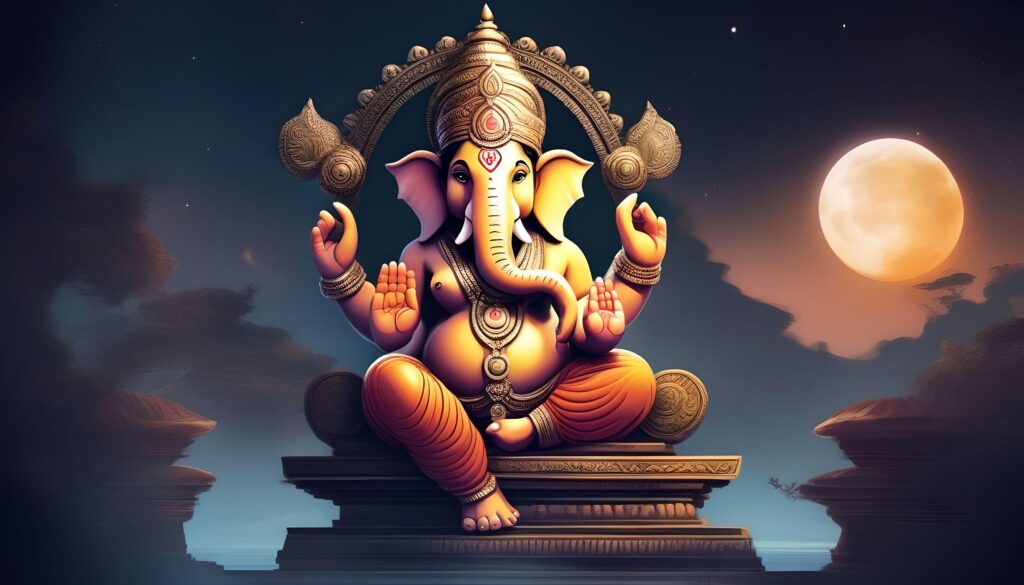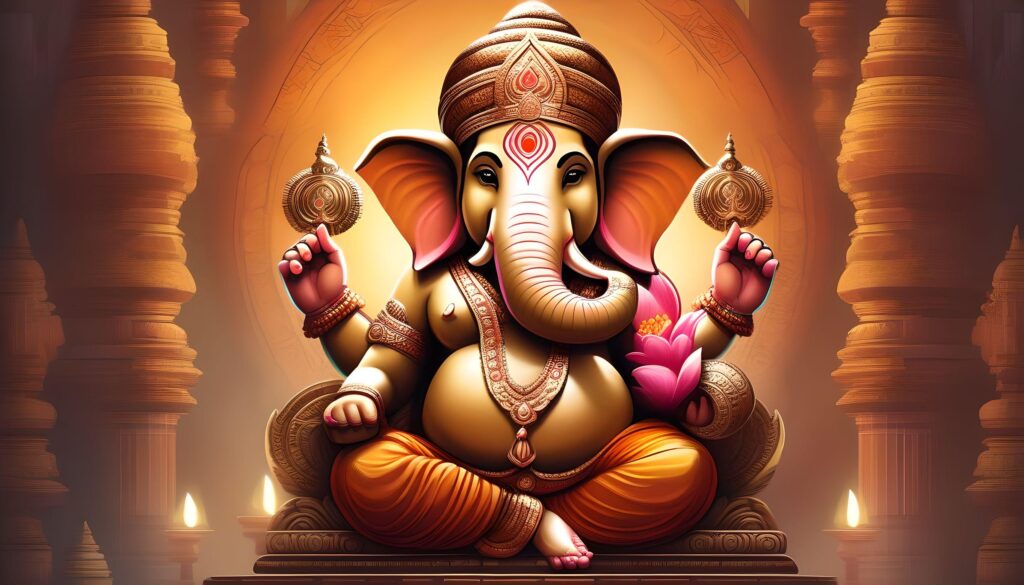Vasant Panchami: Celebrating the Arrival of Spring and Goddess Saraswati
India, renowned for its abundant cultural legacy and varied festive celebrations, commemorates a multitude of events on an annual basis. Vasant Panchami, alternatively referred to as Basant Panchami, is one such celebration that signifies the onset of spring. The fifth day of the radiant lunar fortnight of the month of Magha, which occurs between January and February on the Gregorian calendar, is designated for the observance of this auspicious Hindu festival. Vasant Panchami is a momentous occasion that not only commemorates the arrival of spring but also bestows reverence upon Goddess Saraswati, the esteemed Hindu deity associated with wisdom, music, and the arts.
The Significance of Vasant Panchami
In India, Vasant Panchami, which is in some regions also known as Saraswati Puja, is a festival of immense religious and cultural significance. It is a day devoted to the worship of Goddess Saraswati, as it is considered to be her birth anniversary. Similar to how Diwali and Navratri are linked to the adoration of Goddess Lakshmi and Durga, respectively, Vasant Panchami is highly regarded for the worship of Goddess Saraswati, the epitome of intelligence and knowledge.
Devotees decorate the idol of Goddess Saraswati with white garments and engage in prayer during the Purvahna time, which corresponds to the hour preceding midday in accordance with Hindu custom. White is regarded as a fortunate color and is purported to be the goddess’s preferred hue. Additionally, as an expression of devotion, devotees present confections crafted from white sesame and milk, which they disseminate as Prasad among their acquaintances and relatives.
Distinction exists among regions in India regarding the manner in which Vasant Panchami is observed. In North India, for instance, yellow flowers are presented to Goddess Saraswati during this time of year, when an abundance of blossoming mustard flowers and marigolds are present. In contrast, Saraswati Puja is eagerly observed in West Bengal, where students don yellow Basanti saris and partake in ceremonial exercises in an effort to obtain the goddess’s favor.
Vidya Arambha: The Ritual of Initiation into Education
A notable aspect of Vasant Panchami is the ceremonial Vidya Arambha, which signifies the formal admission of young children into the realm of education. On this day, numerous academic institutions observe Saraswati Puja, during which students engage in devotional observances and beseech the divine patronage of Saraswati to bestow academic success. Particularly for the opening of educational institutions and colleges, this period is regarded as fertile ground for new endeavors.
The Vidya Arambha ritual imparts profound cultural significance to the Hindu faith. According to ancient scriptures, the veneration of Goddess Saraswati was a means by which eminent poets and sages such as Kalidas, Valmiki, Vashishtha, Vishwamitra, Shaunak, and Vyas attained success. As a result, on Vasant Panchami, parents frequently settle down with their young children and instruct them in their initial word, which is frequently the revered syllable “Om,” signifying a symbolic commencement of their academic voyage.
Regional Celebrations and Customs
Vasant Panchami in Brij
The advent of Holi festivities is closely associated with the Vasant Panchami celebrations in the Brij region, encompassing Mathura and Vrindavan. In this particular area, yellow flowers embellish the temples, and the deities are adorned in yellow garments as an additional indication of the arrival of spring. The renowned Shah Bihari temple in Vrindavan grants devotees access to its Vasanti chamber, where priests ceremoniously commence Holi festivities through the ceremonial tossing of Abeer and Gulal. Furthermore, in anticipation of the Holika Dahan rituals, the installation of a Holi Danda (a wooden pole) in the Holika Dahan Pandal commences on Vasant Panchami.
Vasant Panchami in West Bengal
Vasant Panchami is commemorated in West Bengal through the Saraswati Puja, an occasion compared in magnitude to the Durga Puja. As they position their academic textbooks, musical instruments, paintbrushes, canvases, ink containers, and bamboo quills in front of the idol of Goddess Saraswati, students and artists actively participate in these festivities. In adoration of the deity, devotees present sandal paste, Bel leaves, marigold, Palash, and Guldaudi flowers. Collaborative community festivals are orchestrated, wherein individuals gather to erect Pandals and venerate the goddess Saraswati. The observance also encompasses the dispersal of Prasad, which comprises Kul fruit, apples, dates, and bananas. These provisions are revered and anxiously anticipated by devotees.
Vasant Panchami in Punjab and Haryana
Vasant Panchami is referred to as Basant Panchami in Punjab and Haryana, where it is celebrated in conjunction with the kite festival. An assortment of vibrant kites adorn the atmosphere as individuals of all ages engage in kite-flying competitions. Kite manufacturers have hectic days preceding the festival due to the astronomical increase in demand. Females adorned in traditional Punjabi garments known as Giddha engage in kite-flying endeavors while donning yellow clothing, which symbolizes the Basant color. The festivities also encompass the folk dance Gidha, a dance that is particularly well-liked by female students at this period.
Vasant Panchami in Punjab and Haryana
Vasant Panchami is referred to as Basant Panchami in Punjab and Haryana, where it is celebrated in conjunction with the kite festival. An assortment of vibrant kites adorn the atmosphere as individuals of all ages engage in kite-flying competitions. Kite manufacturers have hectic days preceding the festival due to the astronomical increase in demand. Females adorned in traditional Punjabi garments known as Giddha engage in kite-flying endeavors while donning yellow clothing, which symbolizes the Basant color. The festivities also encompass the folk dance Gidha, a dance that is particularly well-liked by female students at this period.
Astrological and Seasonal Significance
Vasant Panchami is of particular astrological importance due to the fact that it signifies the passage from winter to spring. The advent of the Vasant season ushers in a period characterized by renewed vitality and warmth, as the waning winter days are succeeded by the flourishing of fresh vegetation. As agriculturalists harvest fresh produce, the nature’s vitality and radiance become more apparent. There are several occasions that are considered auspicious (Muhurta), including matrimonial unions, christenings, and housewarming rituals. Hindus enthusiastically engage in rituals and ceremonies during this period, as it is regarded as exceedingly auspicious.
Legends Associated with Vasant Panchami
Legend of Goddess Saraswati
Vasant Panchami is revered as the commemoration of the birth anniversary of Goddess Saraswati, as per one legend. According to legend, upon observing the universe he had created, Lord Brahma discovered that it was devoid of joy and originality. An angel materialized from a nearby tree as he dispersed water from his Kamandal (water pot) in an effort to infuse the world with vitality and life. The celestial being in question was the divine Saraswati, a goddess renowned for her profound intellect, artistic prowess, and knowledge. Her contribution to the world in the form of music, voice, love, pleasure, and zeal earned her the moniker Veena Vadini, the harpist. Subsequently, Vasant Panchami came to be closely associated with the observance of Goddess Saraswati’s birthday.
Legend of Lord Shiva and Parvati
An additional well-known anecdote linked to Vasant Panchami states that Lord Shiva, in a state of profound penance, was not responsive to Parvati, his consort, who desired his company. She dispatched the goddess of love, Kama Deva, to rouse Shiva from his slumber. To divert the Lord’s attention, Kama Deva constructed an illusionary spring in Kailash, the abode of Shiva. Shiva, however, was perturbed by this behavior and used his third eye to reduce Kama Deva to embers. Subsequently, Shiva wed Parvati, and their progeny, Lord Kartikeya, achieved triumph over the malevolent entity Tarakasura. Vasant Panchami symbolizes the strength of love and this celestial union.
Mantras and Chants for Vasant Panchami
It is believed that chanting mantras devoted to Goddess Saraswati on the day of Vasant Panchami will bring good fortune in the realms of education, career, and fresh starts. Several potent mantras may be recited during this fortunate day:
- Om Shree Saraswatyai Namah: This mantra requests the blessings of the goddess Saraswati in an effort to acquire wisdom and knowledge.
- Om Aim Klim Sauh Shri Mahasaraswatyai Namah: By reciting this mantra, one solicits the assistance of Goddess Saraswati in harnessing her celestial power to foster innovation and achievement.
- Om Hrim Aim Hrim Om Saraswatyai Namah: By reciting this mantra, one beseeches the deity for the benefit of lucidity of thought and an augmentation of intellect.
- Om Aim Saraswatyai Namah: By reciting this mantra, one solicits the guidance of Goddess Saraswati in matters pertaining to the acquisition of knowledge and wisdom.
Conclusion
Vasant Panchami, a momentous celebration honoring the onset of spring and dedicated to the adoration of Goddess Saraswati, holds significant cultural, religious, and astrological significance in the Indian context. It serves as an indicator of the onset of spring, restoring the subcontinent to a renewed state of vitality and vigor. The festival is commemorated across the nation in an assortment of ways, which exemplifies the country’s culturally diverse rituals and customs.
Vasant Panchami is an occasion to seek the blessings of Goddess Saraswati and embrace the wisdom, learning, and originality that she personifies, whether it be for Vidya Arambha, the initiation into education, or the grand celebrations in temples and residences. Therefore, let us unite, don yellow garments, recite prayers, and commemorate the festivity of Vasant Panchami, which ushers in the advent of spring and the divine favor of Goddess Saraswati.
#vasantpanchami #BasantPanchami #SaraswatiPuja #Saraswati #WestBengal #Punjab #Haryana #Significance #vasantpanchamifacts #vasantpanchamistories #vasantpanchamimantras #vasantpanchamichants #Vidya #studies #वसन्तपञ्चमी #पञ्चमी








